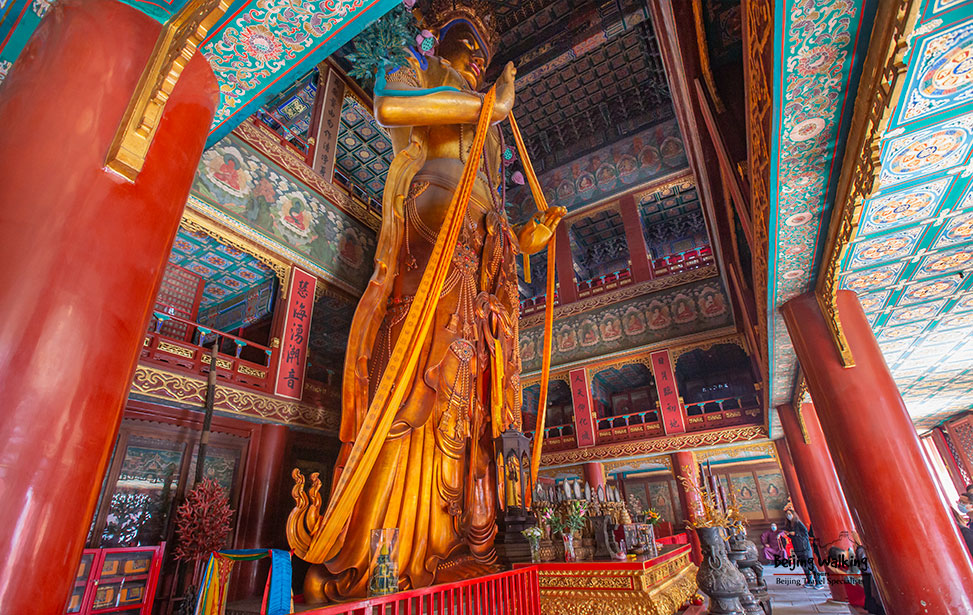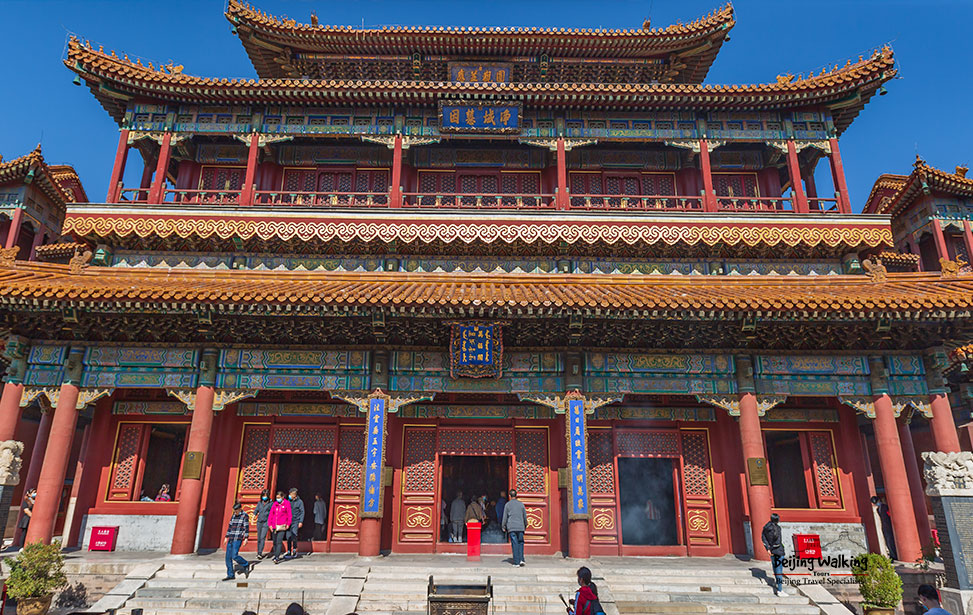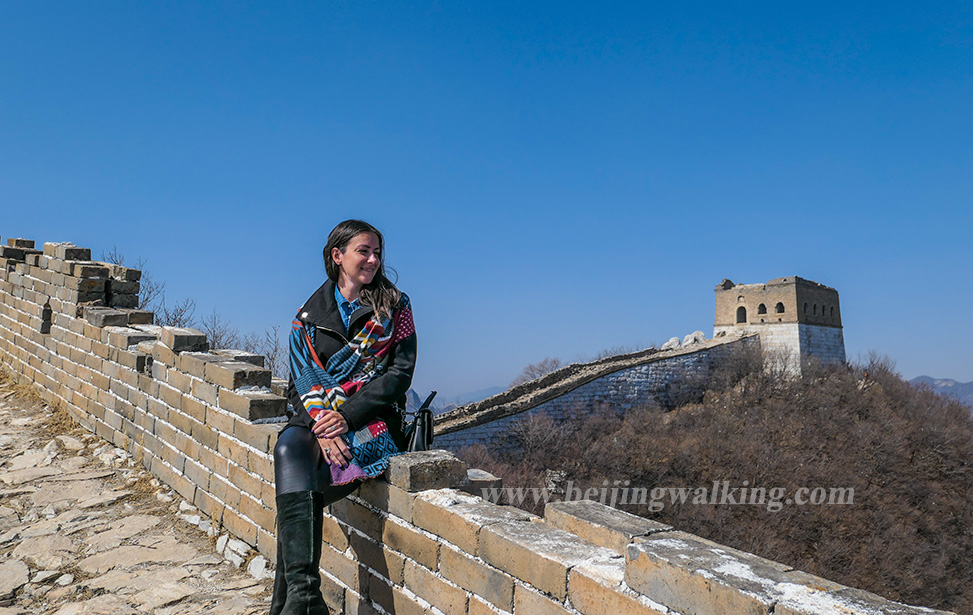Exploring Tranquility: Yonghegong Lama Temple Travel Guide
If you seek a place of serenity and spiritual reflection, look no further than the enchanting Yonghegong Lama Temple. Nestled in the heart of Beijing, this sacred haven offers a captivating blend of Tibetan and Chinese Buddhist traditions.
Open time and Tickets:
Apr.-Oct. Open: 9:00 AM Close: 4:30 PM
Nov.-Mar. Open: 9:00 AM Close: 4:00 PM
Entrance Fee: 25RMB 12RMB (students and over 70 yrs old)
How to get there?
Address: NO.28 Yonghegong St, Dongcheng District, Beijing 北京市东城区雍和宫大街28号
Subway
The most convenient and efficient way to reach Lama Temple is by taking the Beijing Subway. The temple is near the Yonghegong Lama Temple Station, served by Subway Line 2 and 5. Then go out from exit C, just a short walk away.
Bus
Take these buses to get to the Lama Temple
3路、18路、44内、44外、62路、75路、116路、684路、特12内、特12外、特2路至【雍和宫东】站下车
Taxi or Ride-Hailing Apps
Taxis are readily available in Beijing, and you can easily hail one to take you to Lama Temple. Alternatively, you can use popular ride-hailing apps like DiDi or Meituan Dache to book a taxi or private car service for a more convenient and comfortable journey.
Cycling
Beijing has a well-developed bicycle-sharing system, and if you enjoy cycling, you can rent a bike and ride to Lama Temple. Just be aware of traffic and follow the rules of the road.
Stories behind the lama temple
Lama Temple, also referred to as Yonghe Palace, holds a captivating history deeply intertwined with the emperors of the Qing dynasty. Initially serving as the residence of Emperor Yongzheng, the third emperor of the Qing dynasty, this magnificent palace underwent a significant transformation after his passing in 1735.
Following Emperor Yongzheng’s demise, his son, Emperor Qianlong, converted Yonghe Palace into a lamasery in 1744, establishing it as the national center for the Lama administration. This profound change was a way to honor Emperor Yongzheng’s memory and accumulate merits for his soul.
A complex succession story within the Qing dynasty marked Emperor Yongzheng’s ascent to power. As the fourth son of Emperor Kangxi, who holds the record for the longest reign in Chinese history, spanning 61 years, Yongzheng faced challenges in his quest for succession. Ultimately, his eldest brother, the crown prince, was imprisoned after 37 years, allowing Yongzheng to assume the throne.
Renowned for his strong leadership, Emperor Yongzheng employed decisive actions, including eliminating political opponents, even some of his brothers. His rule significantly impacted his son, Emperor Qianlong, to transform Yongzheng’s former mansion into a lamasery, a place of spiritual devotion and merit-making.
Today, Lama Temple stands as the most extensive and best-preserved lamasery in Beijing, offering visitors an opportunity to delve into the intertwined stories of emperors and the transformation of a grand residence into a spiritual sanctuary. Explore its hallowed halls, immerse yourself in the serene atmosphere, and witness the preservation of the Qing dynasty’s cultural heritage.
The way to visit
The Main building of the temple is built along a central axis. So you can walk straight through the axis.
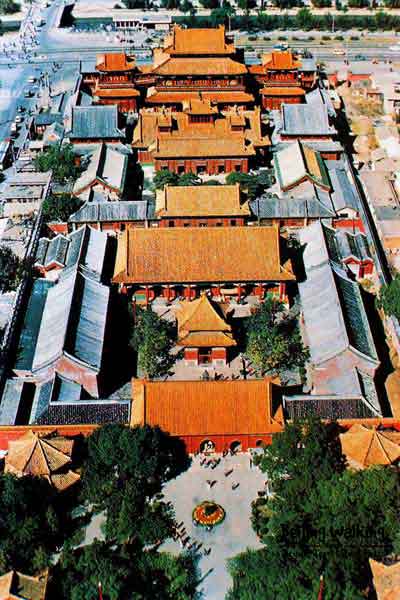
1. Yonghe Gate Hall
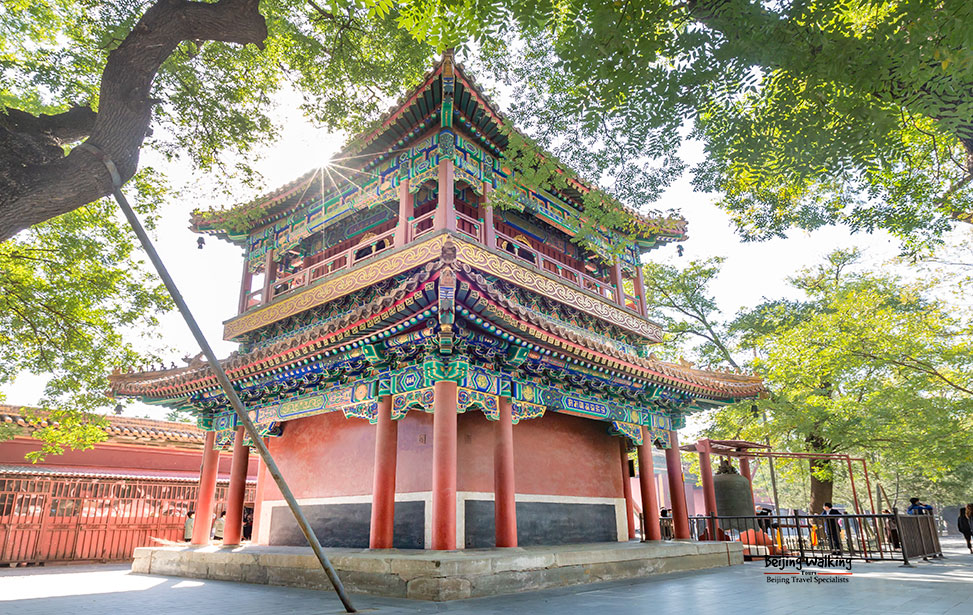
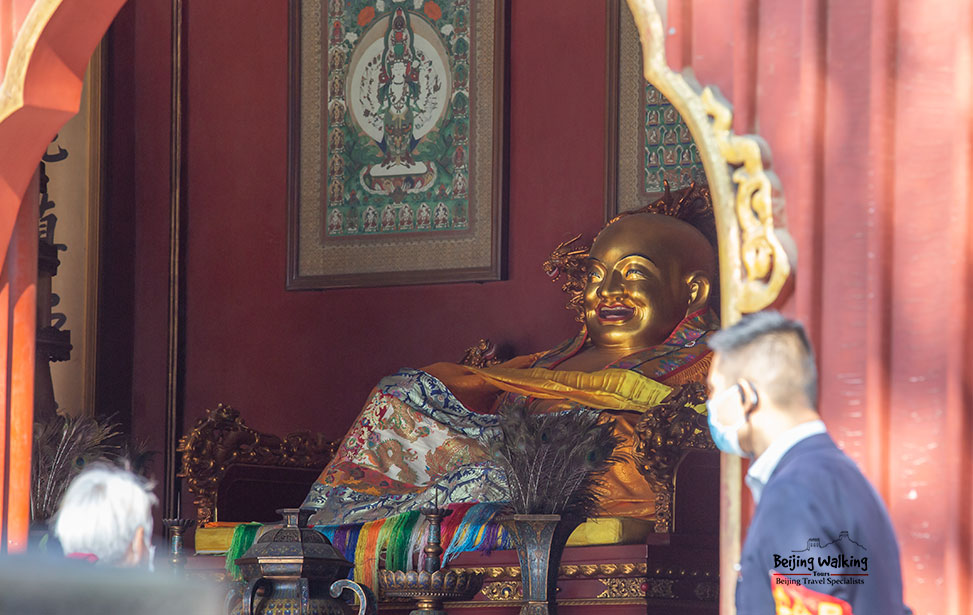
2. Yonghe Hall
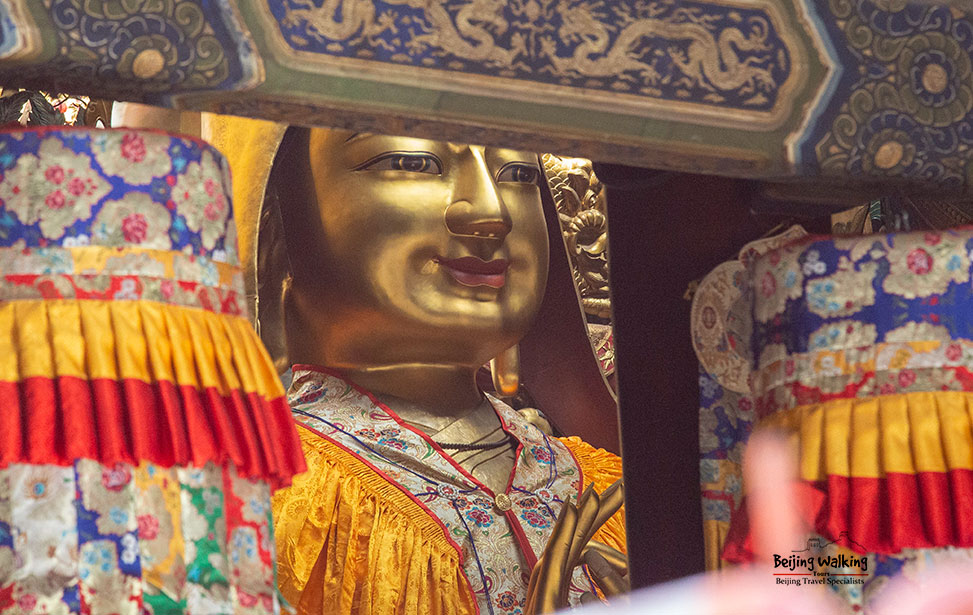
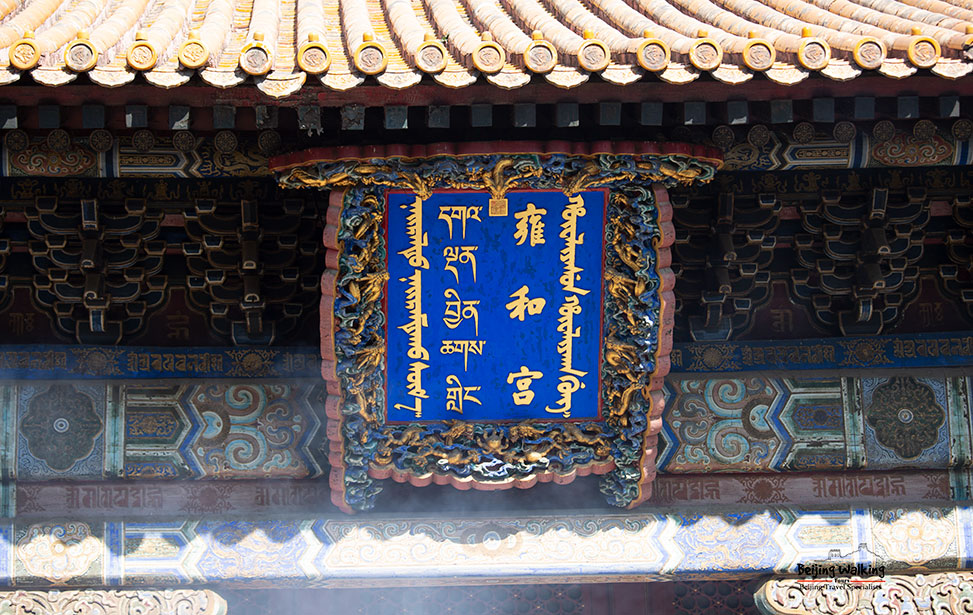
3. Yongyou Hall
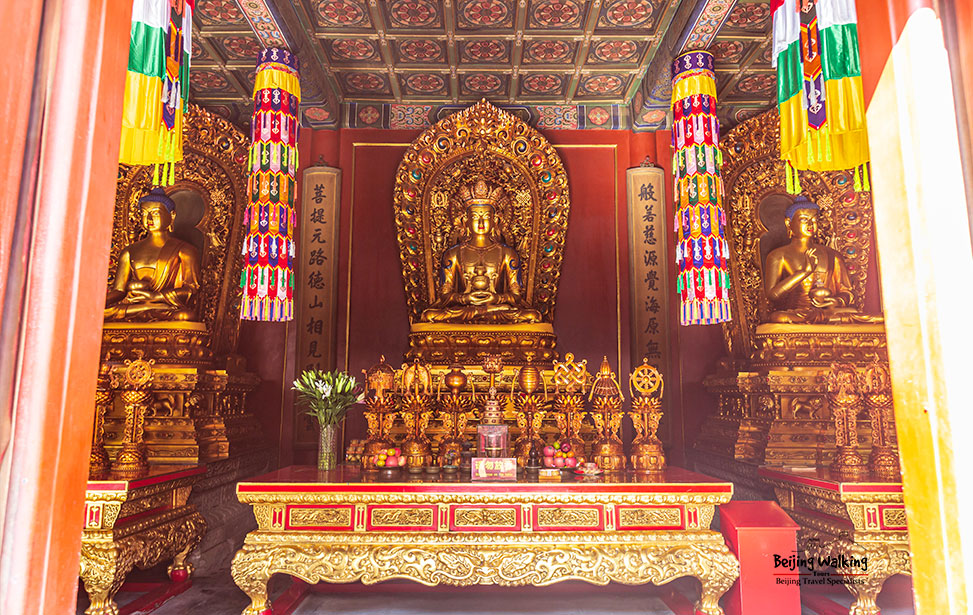
4. Falun Hall
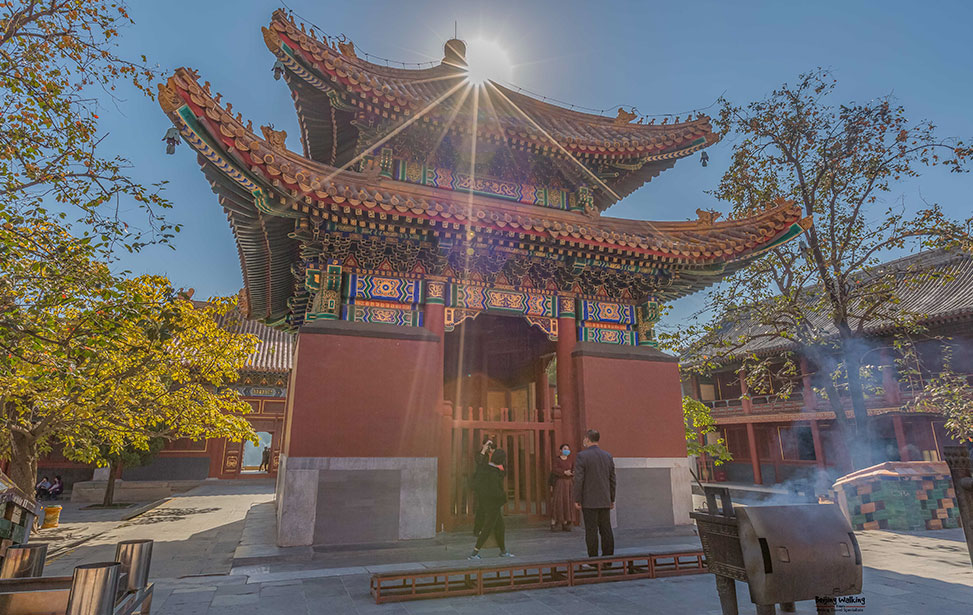
5. Wanfuge Pavillion
The highlights:
Another spectacular in the Hall of Wanfuge Pavillion is the sculpture of Maitreya, which is 18 meters high and about 8 meters below the ground. It is a single white sandalwood tree truck.
